|
As I mentioned in an earlier post, we are again adopting a self-paced, flipped format this year - largely thanks to the necessity for our current hybrid format. This model allows students to pace themselves up to a set deadline and navigate content independently. I spend class time providing individual feedback. I wanted to talk logistics for those of you trying to navigate the same format or interested in a more flexible format. In my past post, I talked about the issues and challenges that came up. Now, I'd like to talk about organization and setting up a virtual environment. PlatformOur school adopted Schoology a few years back to help facilitate digital resources, and I have to tell you, it's quality far exceeds any other platform we tried. I know these decisions aren't usually up to the teachers (WHY THO?) but if you have any say in platforms, I would highly recommend Schoology. That said, my organization and format is designed to suit this platform. I apologize if that doesn't translate to your given platform, but it's what I've been working with for years. Concept OrganizationEver since I started teaching AP Language, I have opted to start the year with a skill-focus over using thematic units. Essentially, I want them to be familiar with all parts of the test by the end of the semester - when I usually give them a mock exam. I know other's opt to work thematically, particularly if you are required to combine AP Lang with American Literature. I like to reserve this for second semester when students can better recognize how skills transfer. For instance, when I ask them to complete a research project second semester, I can make reference to skills we practiced with synthesis. I'm sure both methods are wonderful. For me, I just like to have a strong foundation to refer back to. That's why my Schoology course is organized by skills. Here is a screenshot of my first unit of the year: Rhetorical and Critical Reading. Each folder is labeled with the standards (learning objectives) covered and assessed in that folder. There is some repetition in these standards as the unit moves on, but within each folder particular standards are introduced. This is what Lesson 1: Rhetorical Situations looks like. I use a Schoology "Page" to present all content (videos and texts for review). Then, the assignment (SPACES Analysis) is presented after. I also include optional materials - particularly the College Board videos from last spring - to provide another explanation of the rhetorical situation. This format of instructional videos and an assignment is used throughout my folders. IMPORTANT NOTE: Having organized by entire units, we realized that students needed a clearer breakdown. Instead of concept folders, we are breaking it down by weekly pacing. That said, it is still skill focused, just divided into different folders. Here is what Unit 2 will look like: Schoology TipsOver the years, I have learned some great things about Schoology and what it can do. (Things I REALLY wish I would have known at the start). Using a combination of these things, I have been able to really simplify navigation of materials... which is a MUST at the moment. Here are some of my better tips: 1. Embedded Videos This is something I learned from our instructional coach in August. I immediately went through and updated all my lessons to use this as possible. Embedding videos eliminates a click of the mouse, and if you haven't already figured it out, the more clicks, the most likely you are to lose a kid. Embedding videos and texts keeps it simple. This is what an example looks like: 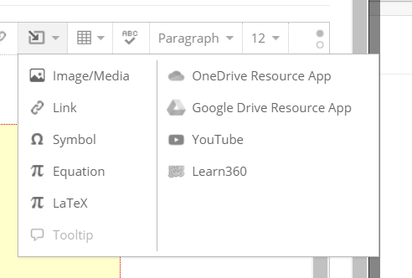 To create this, I create a Page using "Add Materials." To embed a video, I simply paste the embed code (under Share in YouTube), and paste it into the Image/Media panel.
My YouTube channel has all of the different videos I use in my class. Another cool feature is to embed documents using the OneDrive Resource App or Google Drive Resource App. HOWEVER, these will not show up in the Schoology app. My kids use the app almost exclusively so I still need to attach text documents. If your kids use the Schoology desktop site, this is a great way to streamline even further! 2. Completion Folders With students completing work at all different times between live days and virtual days, I need to be able to check progress often. The Schoology completion folders make this possible while also letting the students know what needs to be completed. You can also create a rule that a student must earn a certain score. I just haven't had the gumption to add that layer to my courses yet. If you want students to do things in a particular order, make sure you check the box at the top. They will not be able to click on consequent items until the required content (notes, in this case) are viewed or completed.
3. Folder Description The last tip is pretty simple, but helpful, according to the kids. Use the text description of folders to present students with a checklist. I use this space to outline learning objectives or to create a visual checklist of students work for that week. If I'm being really extra...both. :) Just select edit next to the folder and enter information that will clarify what students need to do. I also try to provide time estimates to give students an idea of how to best plan their time. So those are my tips and tricks! They have been helping A LOT during hybrid learning and I hope they do the same for you! sincerely, cwik
0 Comments
If you were to ask me what my teaching nightmare would be, it would be the first day ... on repeat... forever. That anxiety. The back sweat. The awkward silences. I hate the first day... and this year, I get to do it twice - with half a class each time. What a treat. (eye roll) Despite how much I hate the first day of school, I have a first day of school tradition. I send an update to my family and friends about how I am feeling as I go into this new year. I'd like to share that here... Years ago. I got the words "Believe" and "Inspire" tattooed on my arm. Some days, it's there to get me through the tough moments. Others it reminds me how lucky I am to be entrusted with this work. Never have I needed to believe as I do now... We're going back to school tomorrow. (Not pretend school where we get long lunches, jeans and gym shorts, and time to chat). Real school. And for every teacher eager to get back in the room, there is another constantly playing through the worst cast scenarios. And for each happy reunion, there is the unspoken fear of when the first positives will hit. COVID is an unavoidable fog. That said, over the last two weeks, I've seen the light stream through... Teams dissecting their plans and swallowing their pride to make sure they choose best over familiar. Colleagues - some that never talk - encouraging one another as they pass in the hall (...maybe because masks make the typical smile and nod irrelevant ). A room full of anxious educators laughing off the irony of seeking out symmetry in a world of chaotic (and seemingly, relentless) asymmetry. People stepping up to challenges they never could have anticipated - and just figuring. it. out. If such powerful growth comes from the return of teachers, I can only imagine what inspiration the students will bring with them tomorrow. We're worried. We're lacking confidence. We're afraid... But if we believe in this opportunity, this community, and the hope of this moment, we can't fail. And we won't. Like it or not - we are entering one hell of a school year. As my colleagues and I navigate a hybrid schedule, COVID protocols, and distance learning, most are feeling... stressed. Being one of the more senior teachers in my building... (Yes. Seven years is more than most have been in my building...)...I am pained to see this - particularly with young teachers. Last week, I hosted a session on flipping an English class, using what I learned last year when we moved to a more personalized, flexible format. (Who would have thought one of my crazy schemes would pay off so well??) I am still no expert - and therefore, am approaching the year with my own anxieties - but I am glad that I can offer some advice in a flipped/flexible format. I wanted to share that same advice here to help those of you forced into a similar situation. Flipped/Flexible LearningLet's start with a definition of what this format looks like in my room...
Common IssuesI know teachers well enough to know that our first response to new ideas is to think about what can go wrong. That's where I want to start. Below are some of the main issues we saw in this format, as well as our response OR how we will response in the future. Issue #1: Motivation and Management When I met with my department to talk about this format, one of the first questions to come up was how do you manage this format with restless underclassmen (or really, traditional students in general). My best solution is to a) build a community of mutual respect and b) proximity. Last year, we had students compose their own syllabus - including a section on what flex time should look like. When the room got too loud or off-task, I would stand up and remind them of the needs of the rest of the group. (Something like: "Hey all. I want to remind you of the others in the room. You know that some of them need quiet.") Other than focusing on that class culture, proximity goes a long way. I removed my desk from my room last December. That forced me to find a place to sit with the kids which, in turn, put me around those students that usually needed more monitoring - either for help or redirection. Issue #2: Time Management and Self-Pacing As anyone knows, give students an inch and many of them are going to take a mile. This is absolutely the case with flexible pacing. While some worked to get things done right away - others were daily battles and reminders to get work done. While I still don't have all the answers here, I can tell you that conferencing was the best solution here. The flex format allows for one-on-one help with course content, but it also allows for individual help on soft skills like time management and organization. When students began to fall behind last year, I would start checking in with them more often, or in some cases, sit down and create a daily calendar with them. We also started giving a pacing suggestion to let students know if they were behind. For instance, we would start class telling them that they should have 6 out of 9 items submitted. If they had less than 5, we would request they come to us for advisory/tutorial time or send communication home that they were behind. Usually the threat of either put them to work. Issue #3: Distance Honestly, our biggest objection was the distance created between us and students. For the first quarter last year, we felt as though we were just sitting at the front of the room waiting for kids to ask questions and come to us. It created an invisible barrier that we frankly, hated. That was a huge motivator in getting rid of my desk. Sitting on level with the kids made it less intimidating to ask a questions and fostered more casual daily conversations with kids. This in combination with an increase in conferencing is my plan for this year - even in a socially distanced format. My desk is still out of the room and I have a goal of no less than three conferences a class period - even on days with small groups or minilessons. Issue #4: Quarter Crunch I'm not sure this is even specific to flexible learning, but as the deadline approaches, you get a rush on assignments being handed in. (Really. That happens with any deadline). In my session on Friday, my co workers mentioned that no daily deadlines would result in a wave of work handed in at the end... and yeah, it will. However, incentivizing early submission went a long way. We reminded students daily that if they wanted to redo anything or get one-on-one feedback, they needed to get things in early. As they started handing in work (and seeing that they would definitely need revisions/redos), they started to be a bit more proactive. Issue #5: Workload A flipped OR flexible OR virtual format requires additional work. Most of us don't have a video library of all lessons ready to go. (If you do, you're even more extra than I am... which is saying something). The best advice I have to manage this work load is two part: 1) Record as though you are teaching. Don't re-record or edit the film or add fancy transitions. First of all.... the kids aren't impressed by PowerPoint slide transitions or animations. I promise. Secondly, you wouldn't stop class and start over if you noticed you made a mistake, so don't do that with a video. 2) Save your prep time for prep - not grading. I know as English teachers - particularly AP teachers - we are inundated with material to grade and there are countless strategies to limit that. The best option in a flexible format is to sit with students while you grade their work. Talk through the score and feedback and then move on, entering the scores as you go. It limits grading outside of class AND provides them valuable insight. Win win. Final Thoughts...I know there is nothing I can say or provide that will make this COVID nightmare more manageable or less miserable... but I do want to say this. From what I have seen, this obstacle is bringing out the best in some of my colleagues. They are trying new things, accessing new technology, and working together in ways they refused to before. It's inspiring really. My hope is that this gives education the push it desperately needs toward innovation and reform. I know that big picture feels completely out of grasp, but we'll get through it! We always do. Sincerely, CWik |
Archives
February 2024
AuthorSteph Cwikla has been a teacher since 2012, focusing on ELA curriculum. Now, she also works as an instructional coach, helping other teachers improve engagement and instruction. |
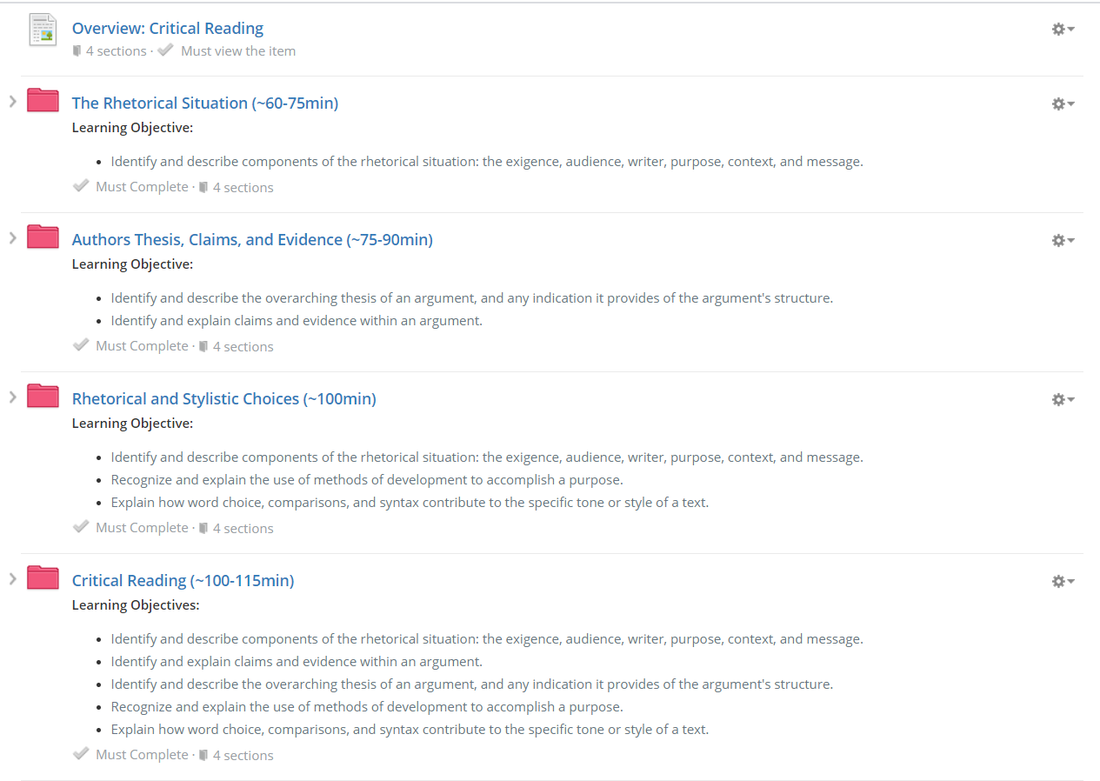

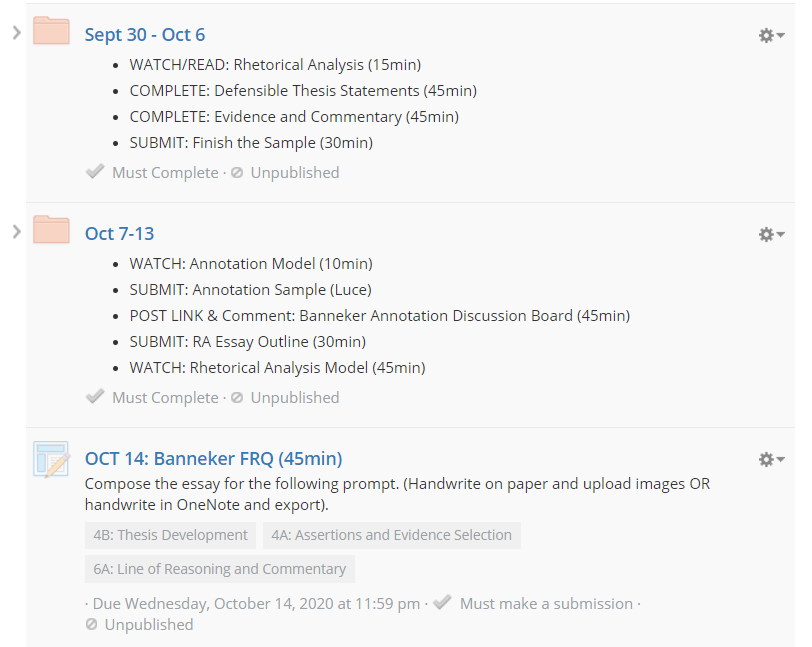
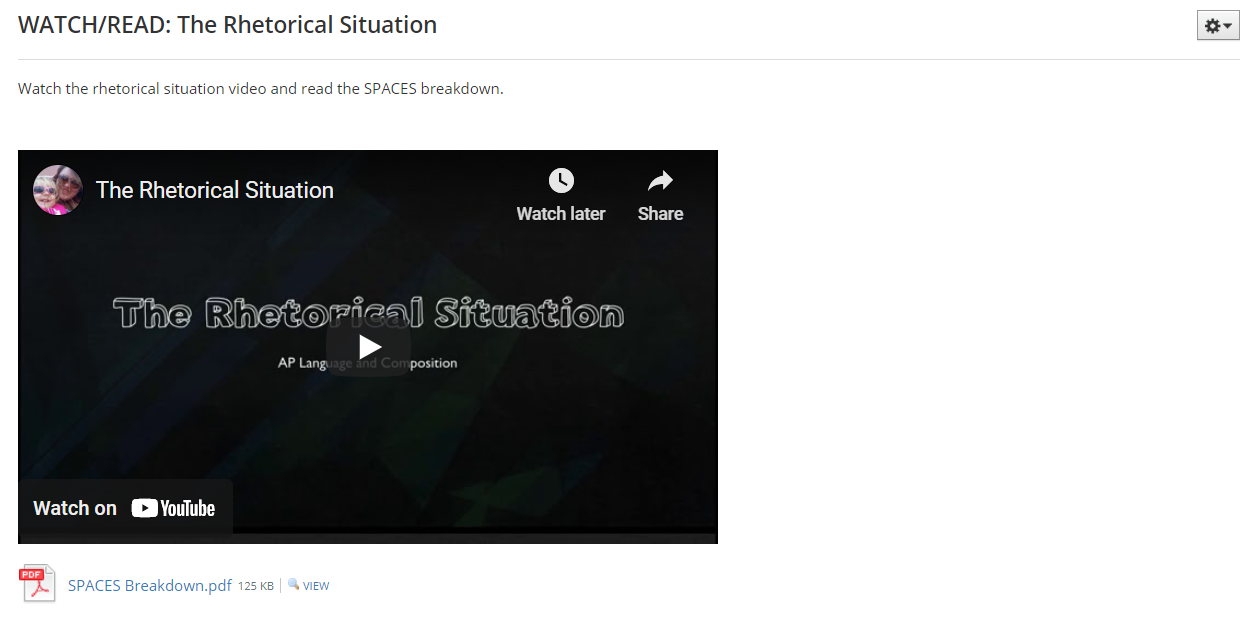
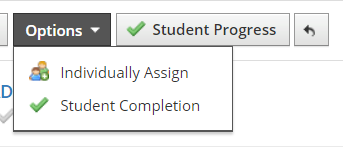
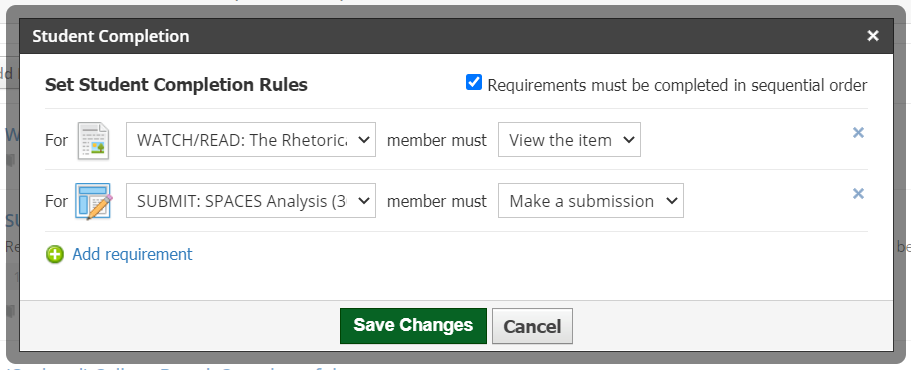
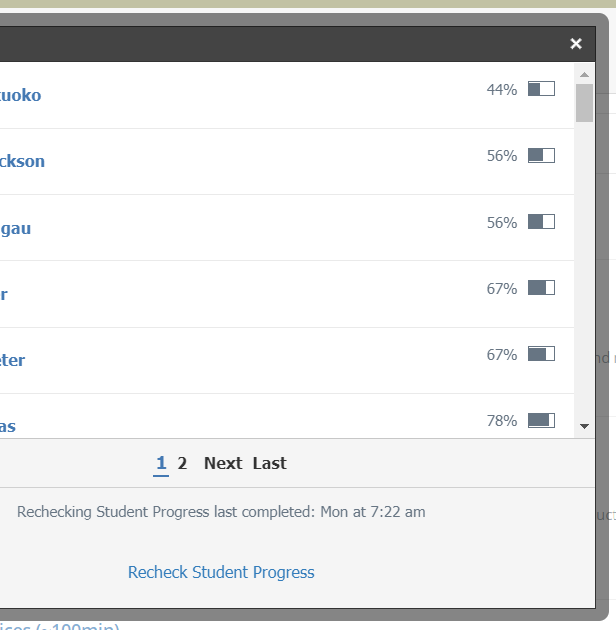


 RSS Feed
RSS Feed